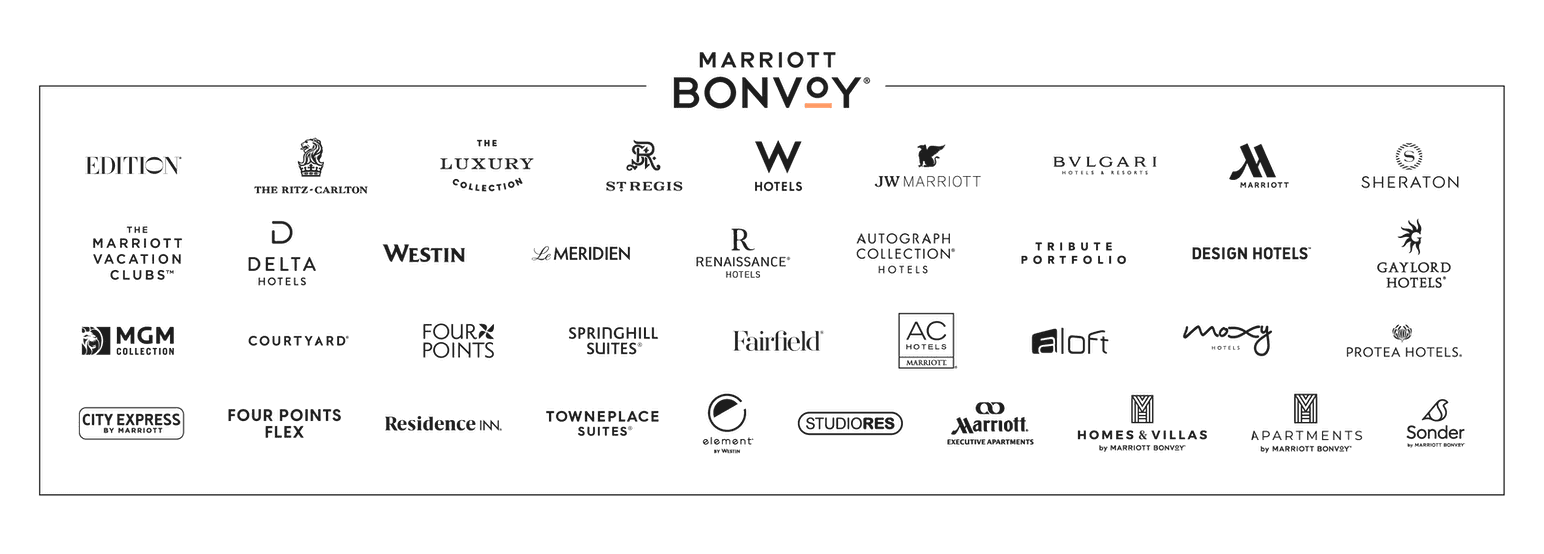Win Over Gen Z, Win Over Everyone
Meeting planners since the dawn of time have had their eye on attracting the next generation of eventgoers: the people who, if planners can catch their attention now, will form their clients’ base now and in the future.
Generation Z is no exception. But what might make Gen Z a little different as far as today’s meeting planners go is their unique spot in the landscape of eventgoers.
They’re digital natives who launched their careers during a time of global upheaval. But those same traits—taking technology as a given, a sensitivity to the world around them—are shared by every single person at your events, to a degree. In other words, if you cater to Gen Z, you’re actually catering to all of your attendees.
Consider it a variant of the “curb cut effect,” or the idea that supporting one group supports everyone. When disability activists successfully advocated for wheelchair-accessible curb cuts (small ramps) throughout United States built environments, they learned that they had achieved a victory that went beyond their specific needs. Curb cuts allowed wheelchairs access to the streets—along with parents pushing strollers, travelers hauling wheeled luggage, workers pushing heavy carts, and skateboarders making use of the urban landscape. In fact, one study showed that 9 out of 10 “unencumbered pedestrians” use curb cuts.
A win for one specific demographic became a win for the community at large. In the same way, taking stock of the needs of Gen Z can help you create events that are more meaningful for everyone. Here are four ways to do just that.


Make Sure Your Meeting Has Community Impact
Generation Z came of age during the era of “cause marketing,” with brands promoting their value and community impact along with their wares. This has played a role in younger attendees’ expectations that events will do more than just benefit them—they want the events they pour resources into to support a mission.
Making your meetings environmentally sustainable, inclusive, and culturally sensitive goes a long way with this group. Consider adding an explicit charitable aspect to your meetings too, whether that’s highlighting the economic impact your event has to the host organization (if it’s a nonprofit), creating opportunities for attendees to volunteer at the destination, or hosting extracurricular activities with a philanthropic bent.
Support Attendees’ Mental Health and Well-Being
Younger attendees began their careers during the pandemic—a time of peak attention to mental health and emotional wellness. The stresses they experienced as students and young adults show up in their levels of emotional distress, and it takes flight in the form of their resilience, with self-care becoming a pillar of how young attendees make their way through the world.
To support this mission for all attendees, pay particular attention to how you’re constructing your meetings’ time and space. According to research firm Mintel, 38% of Generation Z reports prioritizing time for themselves, compared with just 27% of adults overall. Incorporating downtime into events can help attendees meet their self-care needs without missing out on programming and networking opportunities. Designating spaces as “quiet zones” or sensory rooms can provide eventgoers with a haven during “on” times as well.
Demonstrate Your Event’s Value
Generation Z is less willing to spend money on experiences for experiences’ sake than their predecessors, according to research from Mintel. Yet they’re eager to meet in person: The Q1 2023 events report from Freeman shows that 75% of younger attendees say in-person gatherings provide the most trustworthy information.
To keep their trust, let them know what they’ll expect. Focus on the value they’ll get from investing time in your event, not just the “experience.” Knowing specifics about how they’ll be getting hands-on learning and a deeper connection to colleagues will help them—and all attendees—click “Register Now.”
Artfully Integrate Technology Into Every Part of Your Meeting
Digital natives value many of the same analog approaches of previous generations; they just see technology as being complementary to those approaches, not separate. It’s easy to see how that comes into play in remote and hybrid meetings. But keeping technology in an active support role in fully in-person meetings can amplify the reasons people gather in the first place.
What this means for meeting planners: Lean into technology for every aspect of your programming, without making it the focus. In-session live polling, interactive displays, tech-enabled accessibility options, LED volumes, skilled use of hashtags—all of these ladder up to an attendee experience that’s amplified by, not dominated by, technology.



The following brands do not participate in Marriott Bonvoy™ Events: Design Hotels, Marriott Executive Apartments, Residence Inn, TownePlace Suites, StudioRes, Bulgari Hotels & Resorts, The St. Regis Residence Club, The Phoenician Residences, a Luxury Collection Residence Club, Scottsdale, The Ritz-Carlton Club, The Ritz-Carlton Yacht Collection, and Homes & Villas by Marriott Bonvoy. For a full list of participating and non-participating brands, please click here.